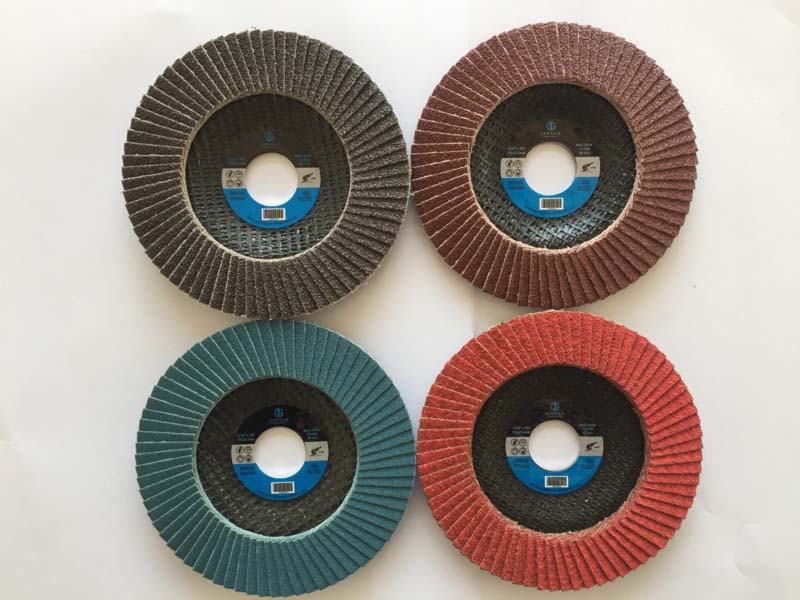Have you ever confused with the world of Abrasives? As we all know, Flap Discs is one of them. Here below are some information of four main abrasive grains used.
Abrasives have been a part of our working life since the stone ages when a bit of sand was used to grind, flatten and smooth working surfaces. And for many centuries, animal skins were used for honing and sharpening knives and swords. Naturally available abrasives that have been used over the centuries include emery, garnet, walnut shell and even talc, but today almost all abrasives used in the industrial world may have begun as a naturally occurring ore, they have been refined, hardened and purified to optimize their finishing characteristics.
The four main abrasive grains used today are:
Aluminium Oxide: A naturally occurring mineral which is refined in a refractory process to create a solid tough and blocky shaped abrasive, and is also fused and crystallized under the high temperature of above 2250°C with high quality abrasive bauxite as raw material. What is more, it is characterized by good self-sharpening and high grinding ability. As for the applications of Aluminium Oxide, its most significant use is in the production of aluminium metal. Being very hard, it is used as an abrasive. Having a high melting point, it is used as a refractory material.

Zirconium Oxide (also called Zirconia): Zirconia is combined with oxides such as Yttria, magnesia and the material is said to be partially stabilised or even it can be fully stabilised if required, varying the composition allows different properties to be enhanced. It is noted for its high strength, toughness, wear and thermal properties. Its high material cost usually warrants its usage extending longer life and reduce down time where alumina fails in this applications. Normally, Zirconia Oxide is commonly used in general steel fabrication shops where they have become the abrasive belt and disc of choice for the grinding and finishing of steel, they are also commonly used in stainless steel applications.
Ceramic Oxide: Ceramic oxides have a micro-crystalline habit and are more uniform in their structure than either aluminium oxide or zirconia abrasives. This micro-crystalline habit means they are able to breakdown in a controlled manner extending the range of available applications. It is important to note however that ceramic abrasives are particularly sensitive to heat and pressure which means that a correctly engineered process is essential to their successful use. At the same time, Ceramic oxides are proving to be revolutionary on aluminium castings, on mild steel, on stainless steel finishing and on a lot of the titanium alloys commonly used in aerospace applications.
Silicon Carbide: The natural mineral form of silicon carbide is long, thin and very sharp, so when thinking about silicon carbide abrasives, think of a belt or disc covered in thousands of tiny but very sharp knives. Generally, Silicon carbide abrasives are great when you need a clean bright cut or for cutting back laquers, or for polishing stone, but not very effective under high pressure grinding applications.
In a word, different Abrasives can be used in different situation. Take Flap Discs for example, we can choose the type of Flap Discs according to our needs.
